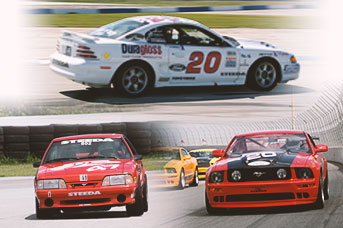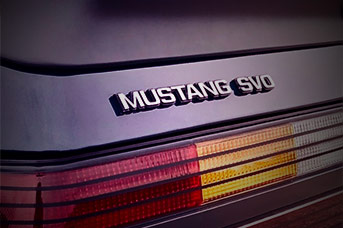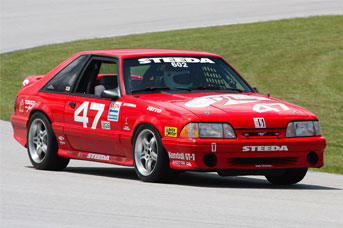What To Look For When Purchasing a Fox Body Mustang?

Table of Contents
- Choosing Your Fox Body Model: 1979-1986 Mustang - Four-Eye Fox Body
- Choosing Your Fox Body Model: 1987-1993 Mustang - Aero Nose Fox Body
- Common Problems with Fox Body Mustangs
- Get The Best Fox Body Mustang for Your Budget
- How To Find and Purchase a Fox Body Mustang
- More Common Problems with Fox Body Mustangs
So, you have decided to grab yourself a Fox body Mustang, but you’re not sure what to look for, or to avoid during the process. If that is the case we’re here to help. In this exercise we’ll go over what to look for, what to stay away from, and how best to find the exact Fox Mustang for which you’re looking. We’re here to help you make an educated decision on your Fox Body Mustang purchase.
First things first, will you be choosing a 1979-1986 Four-Eye car or a 1987-1993 Aero nose version?
Choosing Your Fox Body Model: 1979-1986 Mustang - Four-Eye Fox Body
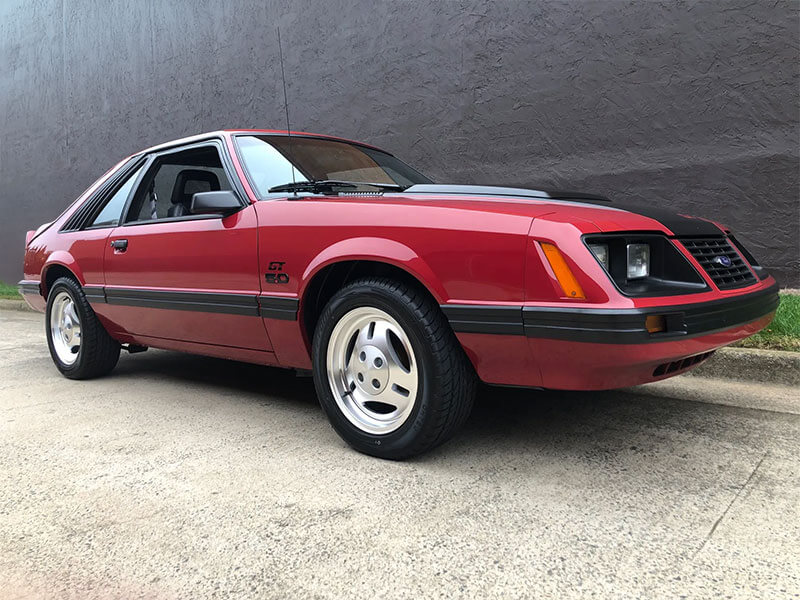
That’s probably the first thing you need to ask yourself. The 1979-1986 cars went through a lot of changes for those seven years, especially from a drivetrain standpoint. The 1979 model had a 5.0L pushrod engine, but then the 1980 and 1981 models had a 4.2L 255 cubic inch until the 5.0L made its triumphant return under the hood for 1982 with the reintroduction of the Mustang GT.
When it comes to Four-Eye Fox Body Mustangs, you could get a four-cylinder, turbocharged four-cylinder, an inline six-cylinder, a V6, a 4.2L V8 or a 5.0L V8, with one of a three-speed automatic, AOD automatic overdrive, or a SROD four-speed manual overdrive. Starting with the 1983 model year, the T5 five-speed manual came into circulation, as well.
If you’re hunting for a Four-Eye car, we bet you’re looking to do an engine swap, and certainly the 1979-1986 Mustangs are just as ripe for increased power as any other Mustang.
Choosing Your Fox Body Model: 1987-1993 Mustang – Aero Nose Fox Body
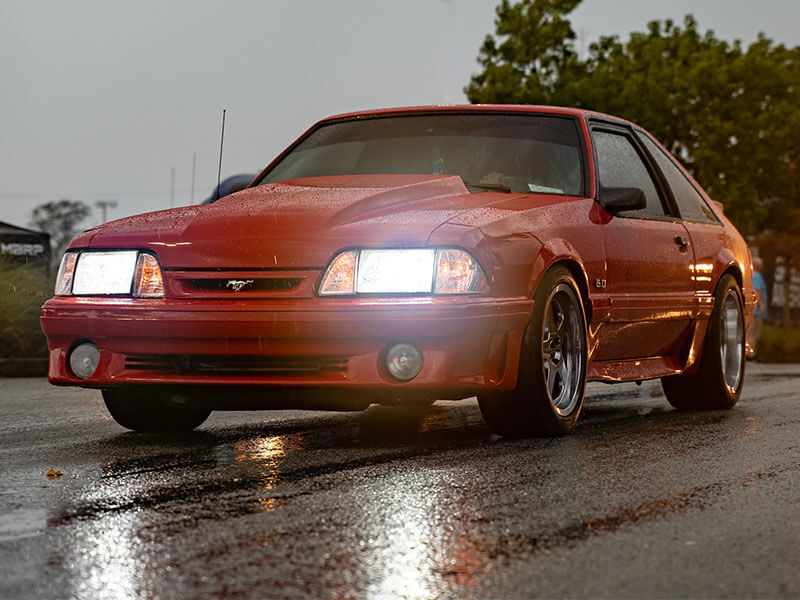
When it comes to the 1987-1993 Fox Body Mustang, Ford simplified the option sheet by offering just two engine and two transmission choices. You could either get a four-cylinder engine or the mighty 5.0L pushrod V8 with either an AOD automatic overdrive or a T5 five-speed manual transmission. The 1987-1993 Fox Body Mustangs were largely unchanged throughout that model run, save for wheel designs, interior accoutrements, and color choices. The model year 1989 (1988 on California cars) Ford switched over to a mass air system, making engine modifications much easier, and 1992 was the last year the 5.0L engine had forged pistons. The 1993 Fox Body Mustang had the 5.0L engine had hypereutectic pistons, which were known to be weaker than forged versions.
Common Problems with Fox Body Mustangs
Regardless of which Fox Body Mustang you choose, the older you go the more you must pay attention to rust, because there are areas of concern when it comes to Fox Mustangs. The most common areas for rust with a Fox Body Mustang are the front frame rails, the front floor pans, the A-pillar near the door hinges, and the rear hatch. You want to steer clear of rusty front frame rails, but a rusty rear hatch shouldn’t be something to totally kill the deal. You can find and easily replace a rusty hatch with one in better shape on the market used, whereas, front frame rails, even though available new, will require extensive work and are expense to replace.
Get The Best Fox Body Mustang for Your Budget
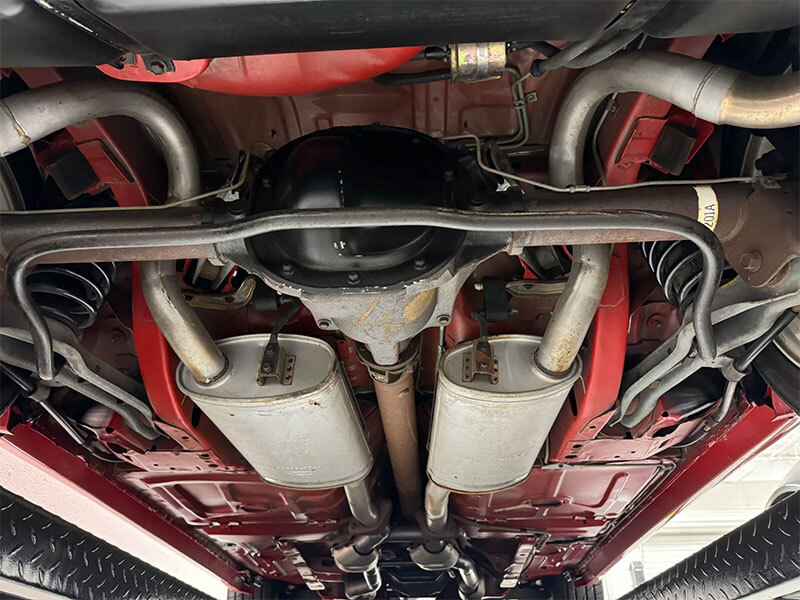
When it comes to choosing the right Fox Body Mustang, you must realize what your talent level is when it comes to needed repairs or upgrades, and then budget accordingly. If you can perform your own body work or mechanical repairs, that gives you a little more freedom and flexibility than someone who will need a shop(s) to do all the work.
Speaking of budget, when it comes to any automotive purchase, buy the nicest car you can afford. If your budget won’t allow for a complete car, start with a roller, and as time and money allow, implement your powertrain of choice. You can buy a nice Fox Body Mustang roller for the same price as a complete car needing work. You can go in so many different directions when it comes to an engine, whether it’s a single turbocharged four-cylinder, 5.0L or 5.8L pushrod engine, a Coyote (Or any of its derivatives), and even a Godzilla 7.3L V8, among many other options (No, not that one).
The sky’s the limit when it comes to powertrain options with a Fox Body Mustang, regardless of its model year, and the same goes for the car, as well. There are so many colors, exterior upgrades, wheel choices, powertrain options that personalizing your own Fox Body Mustang will only be held back by your imagination and budget.
How To Find and Purchase a Fox Body Mustang
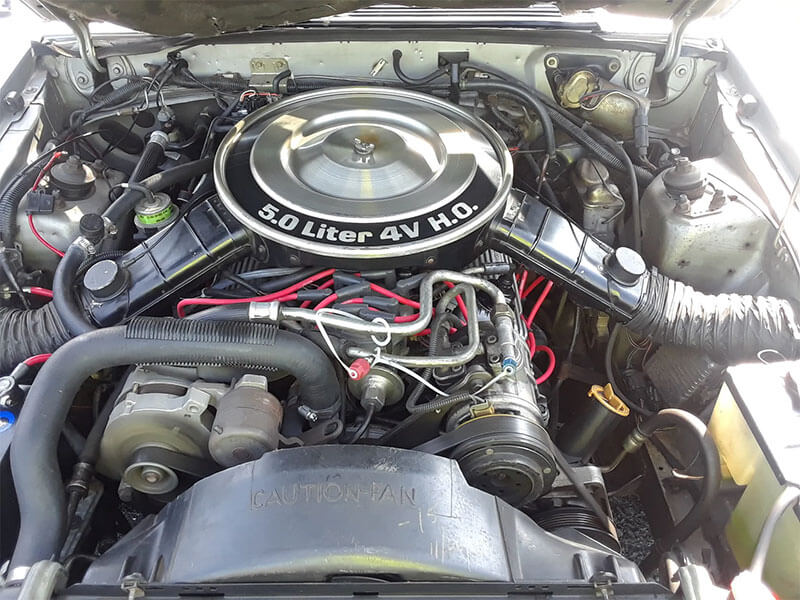
When it comes to finding the ideal Fox Body Mustang, one has several places to go to narrow down the search. There are endless online sources for Fox Body Mustangs, but don’t be too scared of Facebook Marketplace or Craigslist. Just make sure you look at the car in person before handing over cash. If the Fox Body Mustang you just have to have is 1,000 miles away, see if anyone can go look at it for you. The Mustang community is all over, so use that to your advantage if looking at a car out of state. However, you should be willing to travel a few hundred miles to get the vehicle you’re looking for.
There will be ads you may want to avoid just by wording. As an example, if an ad says, “Not many left in this condition,” or “I know what I have,” those phrases usually come with higher asking prices. Truth is, there are so many Fox Body Mustangs in circulation, there are a ton of them out there for sale in a variety of “conditions,” so don’t let an ad’s wording manipulate you into buying a car that doesn’t fit your needs. Be level-headed when looking for your next Fox Body Mustang, don’t let emotions dictate the purchase. Study the market, see where prices sit, and decide where you want to be when you compare your budget with what’s available.
Also, you’ll quickly figure out which cars have good prices, and which ones have inflated asking prices. The ones worth the money sell quickly whereas those with potentially inflated asking prices tend to sit for sale for an extended period. Studying the market will tell you where prices are, and where you can get in and fit in.
Happy Hunting!
More Common Problems with Fox Body Mustangs
Loose or Worn Door Hinge Pins and Bushings
Pay close attention to the door-side hinges, as they are welded to the door. If these hinges are damaged, repairs can be more challenging.
Worn or Damaged Door, Hatch, or Trunk Lid Strikers
These components are relatively easy to replace and repair.
Rust in the Front Frame Rails Under the Battery Box
Rust in this area is a frequent issue caused by leaky batteries. Unfortunately, it's a difficult area to repair.
Cracked or Broken Floor Pan at Front Seat Mount Locations
This is a common problem, especially in vehicles where previous drivers frequently got in and out. Thankfully, it is an easy fix.
Poorly Installed or Low-Quality Modifications
As with any pre-owned vehicle, be cautious of modifications made by previous owners. Even with high-quality parts, improper installation can cause significant problems. These issues can be challenging and expensive to repair.
Damaged Rear Control Arm Torque Boxes
Repairing these can be costly, but there are kits available to address the issue effectively.
Damage to Pinch Welds and Subframe Sections
Improper lifting of the vehicle often leads to this type of damage. Depending on the severity, repairs can be expensive.
Chassis Warping or Tweaking
If not properly braced, the chassis can warp or tweak depending on how the car was previously used. This is especially true in high power applications. Look for gaps in body panels.


